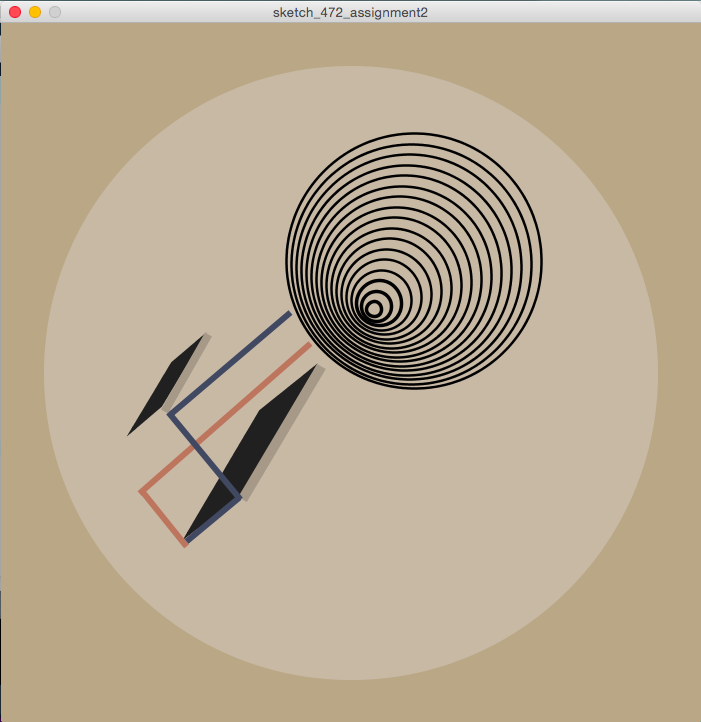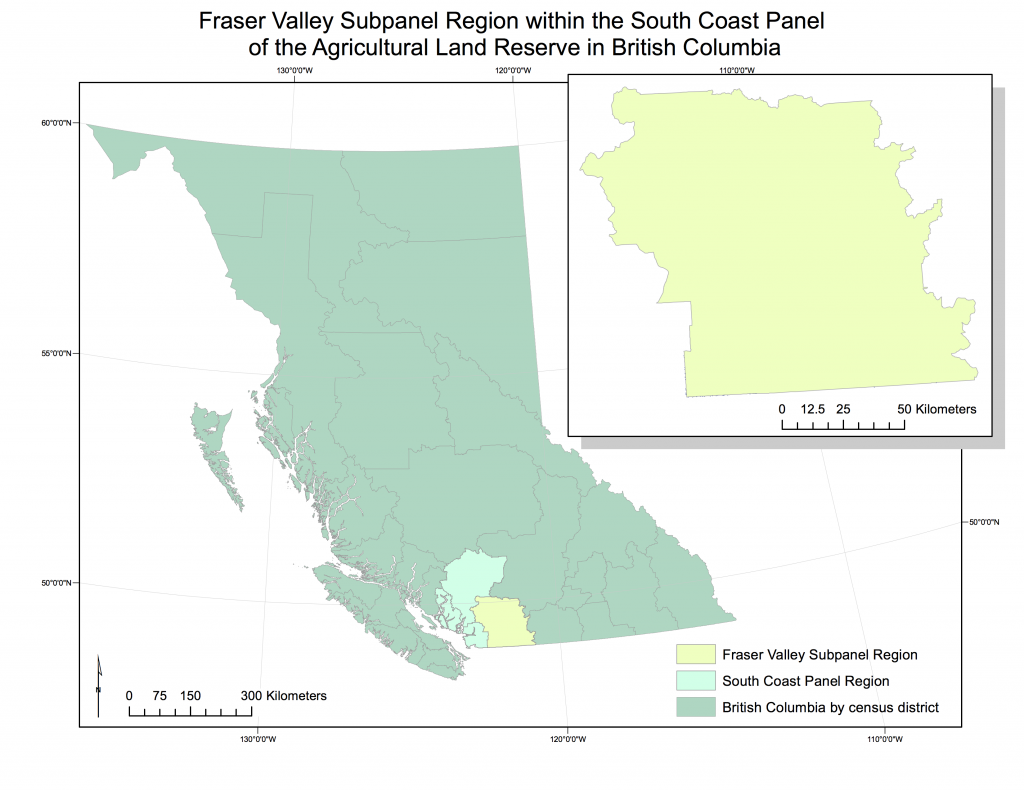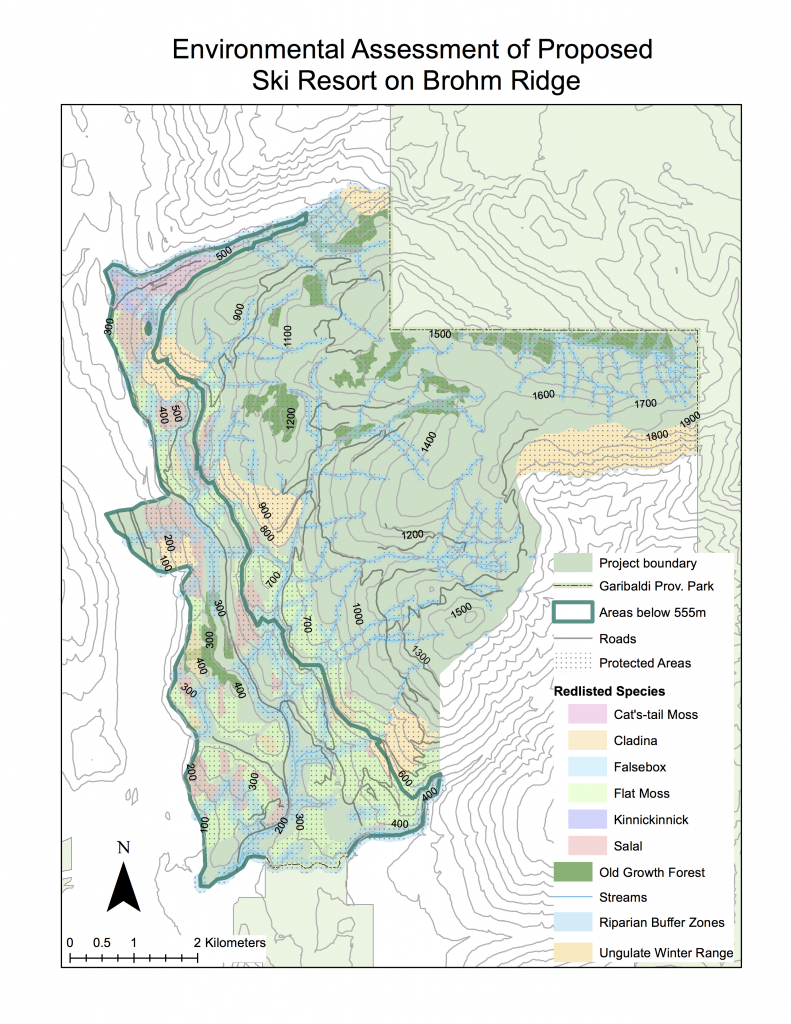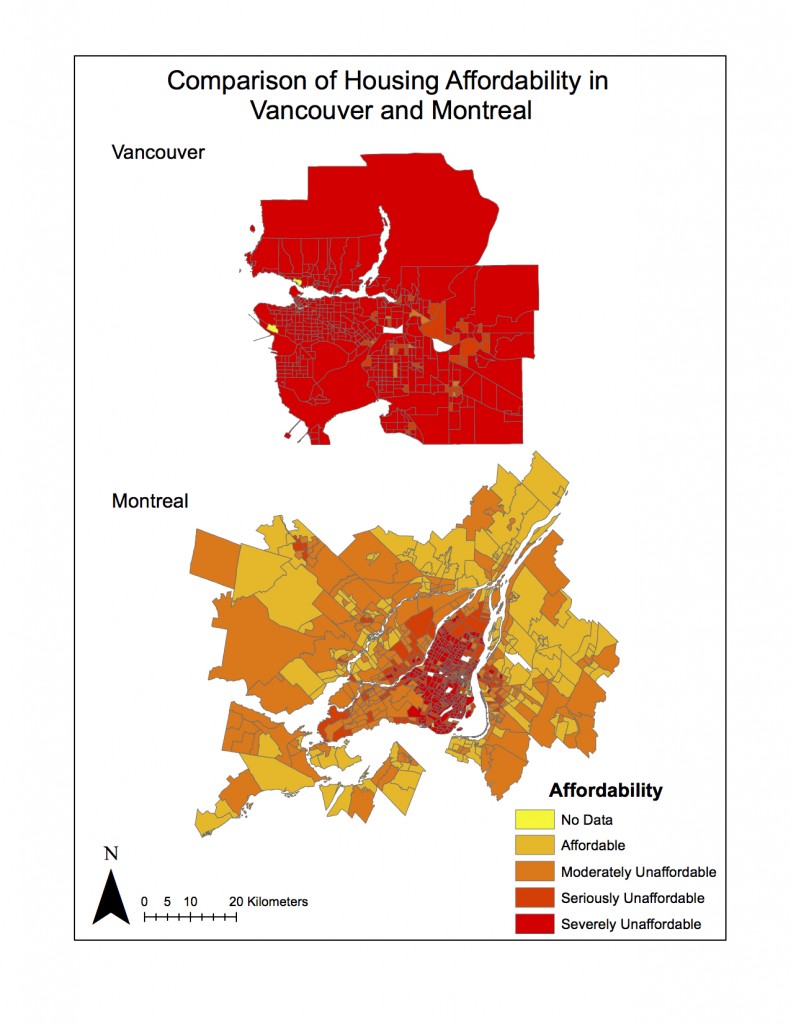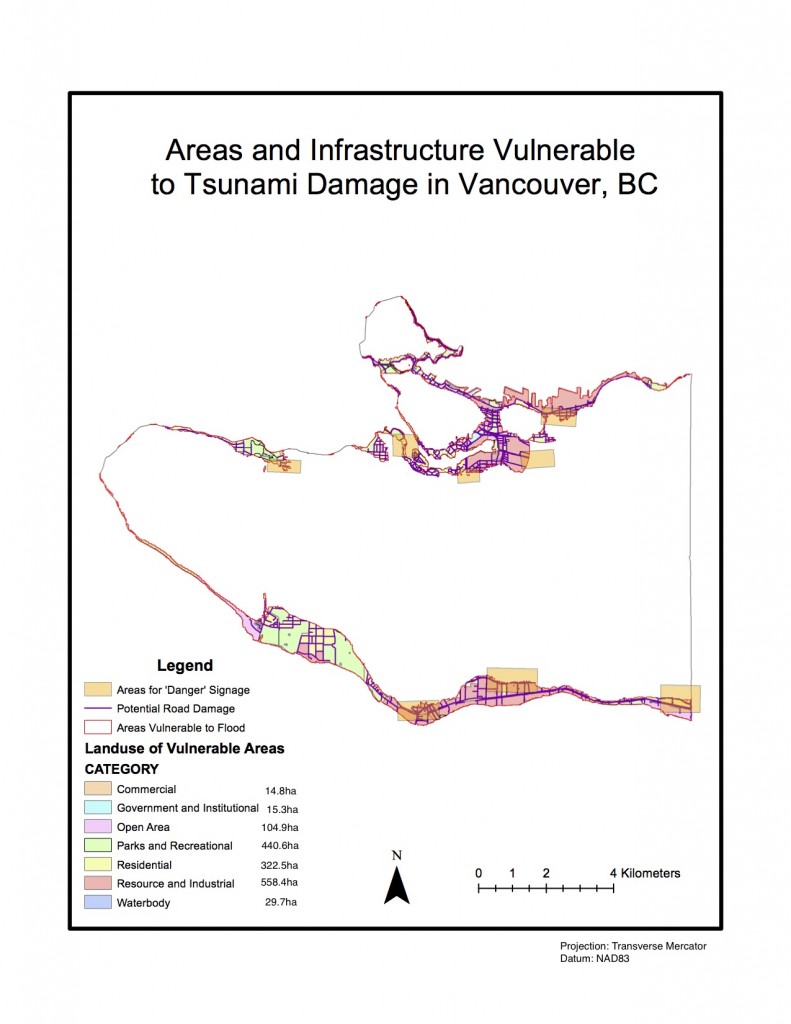The Institute for Economics and Peace, a self-described ‘think tank’ that analyzes conflict and its economic costs and conversely the economic impacts of peace, produced this map of their Global Peace Index: http://www.visionofhumanity.org/#/page/indexes/global-peace-index
The data source and parsing and filtering is quite clear. Their peace index is compiled from 23 different metrics, all of which you can display individually and each one has a data source. For some of the individual metrics it gives more insight into the data parsing and filtering process. For example, some are “scaled from 1-5” whereas some show only the data source.
The intention of the map is to visually convey the findings of their 2016 Global Peace Report, a comprehensive report evaluating the state of conflict globally, specifically displaying their Global Peace Index. The ranked countries are then further divided into 5 categories ranging from ‘More Peaceful’ to ‘Less Peaceful,’ depending on their ranking, and displayed using a divergent colour scheme. The audience of this map is likely to be the public as this organization works with media.
There are no obvious and immediate biases. However, in terms of deconstructing this map, I think there is a lot of fodder here. While this map is called (arguably euphemistically) a Global Peace Index, this map can also be interpreted as, ‘this is how safe each country is’. This is not shocking because this rhetoric is incredibly common these days. One interesting aspect of this map is that you can move the visualization back through to 2008. This is unsurprising, given the increased focus on terrorism and international security since that time. Another interesting thing we can analyse in a deconstruction is how long these Global Peace Index reports have been produced. A cursory look shows that this organization has been producing them since 2011. I think this gives additional information. Whether it represents a time lag or an uptick in global insecurity at that point in time, would require a more in-depth analysis than this one, but it is worth noting. As Harley says, “Rhetoric may be concealed but it is always present, for there is no description without performance” In this case, the production and the conditions surrounding the production of the map are relevant in the map’s message, although we may not immediately considering in a cursory reading. It is something that we take for granted.
Along those lines, there are also more direct cartographic choices that we can deconstruct. The first is perhaps a more obvious bias and a common pet peeve of geographers everywhere and this is the use of the Mercator projection. We have established this map directly addresses safety, which is a very basic concern and taps into people’s fear quickly. In the Mercator projection, size is grossly exaggerated close to the poles and here we see how threatening this is looking at Russia, ranked 159 out of 161, and an imposing red colour. I personally feel a tiny surge of fear looking at this. I doubt this was deliberate, because in web mapping, the Mercator is still widely used, but it is possible. I would have chosen a different perspective.
Overall, this map is very good. They are very clear about where their data comes from, though they are not entirely transparent about their process. I would certainly change the projection if I were producing this map, but I think it is well done and justified in any biases.

